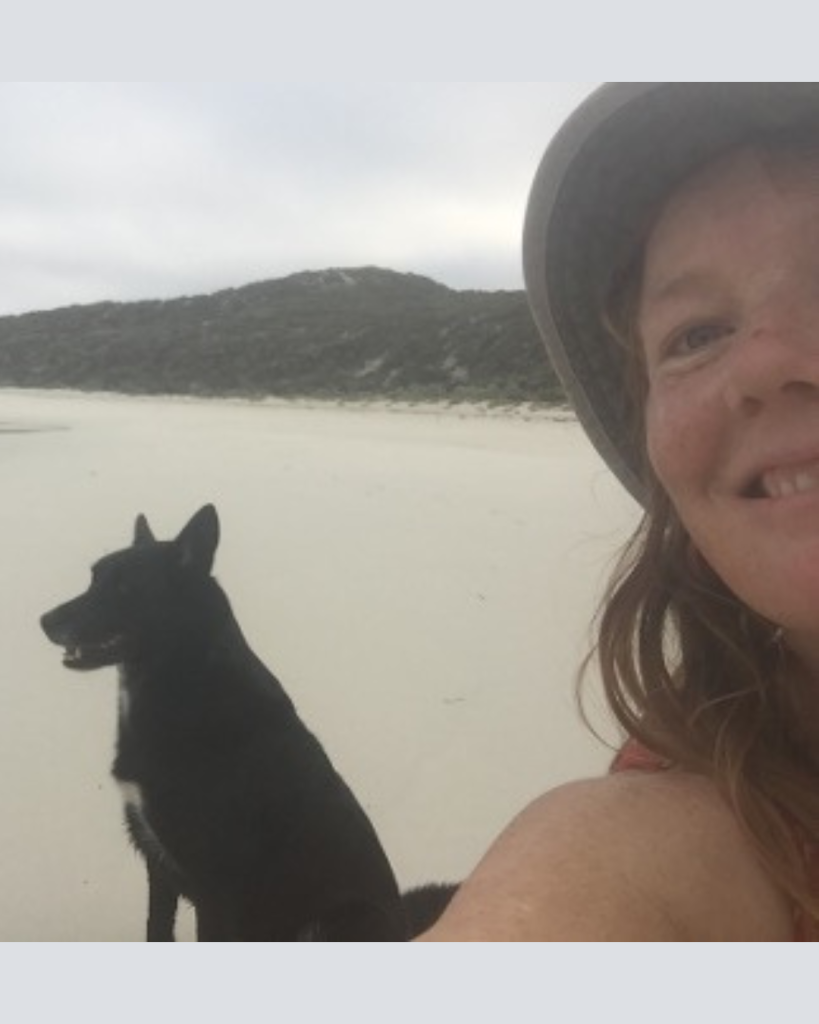In 2014 I found out I was living with a rare brain disease called cavernomas. There are nine deep in my brain. Tangled up blood vessels looking like mini raspberries. Sixteen months later the thalamic cavernoma bled for the third time. This was a catastrophic bleed and caused significant disability and many months in hospital.
Neurofatigue is one of many consequences of brain injury. It is like a cobweb, connecting all these moments, and continues to impact every moment of my day-to-day.
After my last bleed, neurofatigue was debilitating. For two years I slept fifteen to eighteen hours a day. Every single thought, movement, sensory stimuli, interaction, caused extreme tiredness. It waxes and wanes depending on how much rest I can get and how well I manage my spoons.
Neurofatigue is chronic. When it gets bad it is like a dead weight, body heavy, brain fuzzy. It causes dizziness, loss of balance, slurred speech. I’m disorientated. I look drunk as I sway and stumble, banging into everything. I’m unable to commit to social engagements or societal expectations.
It forces a withdrawal from friends and community life. It slows cognition and I can lose my vocabulary with no clear thought patterns or ability to communicate. Temperature regulation, chemical sensitivity and pain sensations become far, far worse.
Neurofatigue is a vicious cycle, only solved by deep rest and sleep. The brain needs minimal sensory input to go into repair mode, to recover spoons.
Photo taken 18 March 2021: The day I achieved my biggest goal, reaching the end of the third beach. From where I live it is a 10km return journey. I hadn’t been here for six years, visualising and dreaming of it instead. I was incredibly overwhelmed, crying tears of joy. Neurofatigue and pain wiped me out for many days afterwards. But this the price I pay, and it’s well worth it!!

